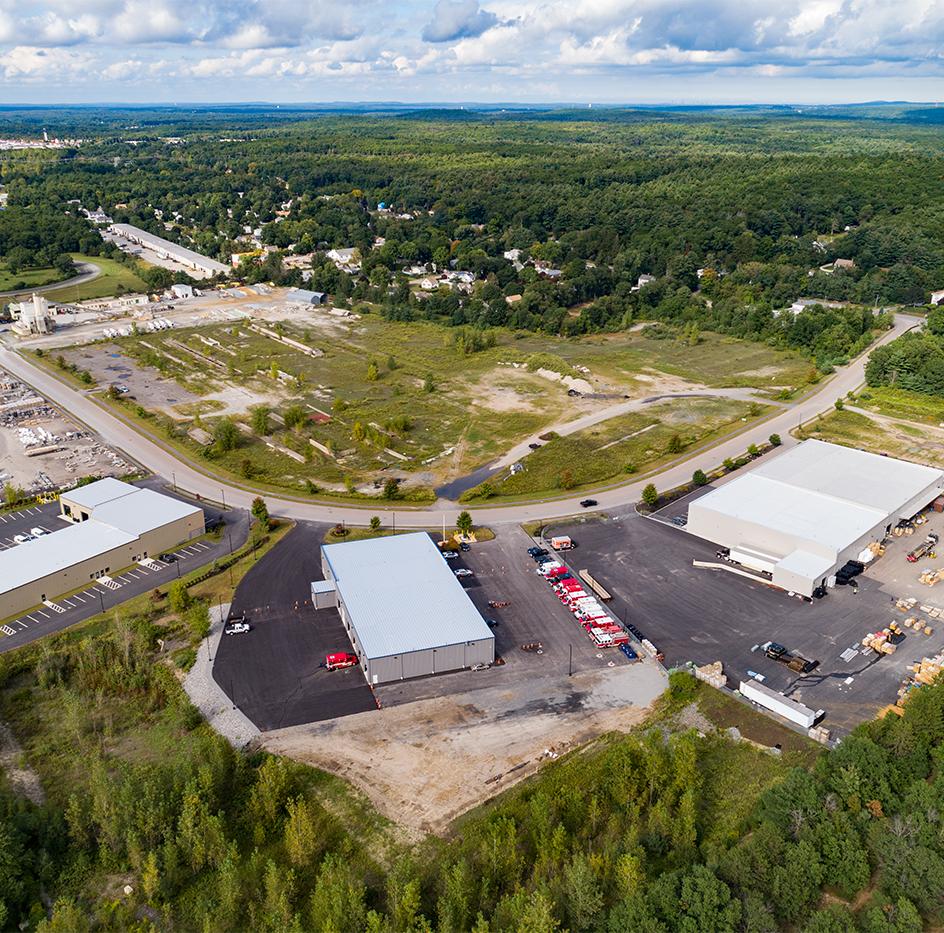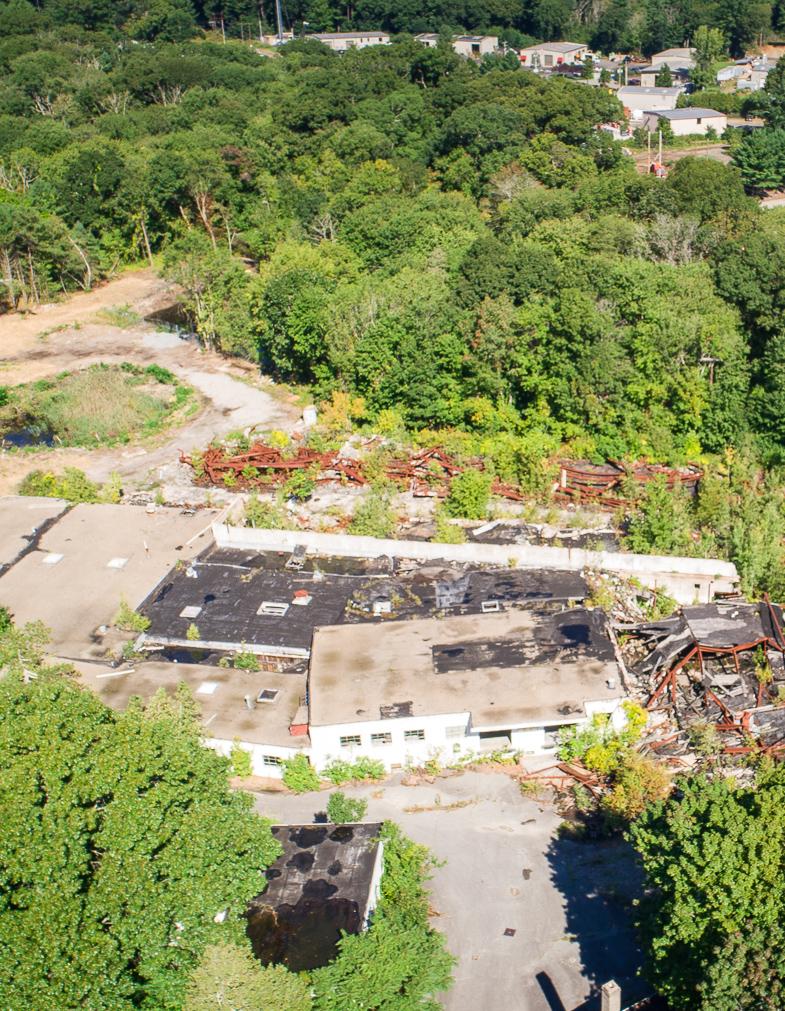
1 minute read
Our Opportunities Brownfield remediation and redevelopment
by SRPEDD
Southeastern Massachusetts has numerous brownfield sites where industrial activity has taken place for over 200 years. Sites situated along river corridors, such as the Ten-Mile River, initially powered jewelry factories, foundries, and other production activities.23 Other sites hosted nonrenewable energy generation facilities, such as the decommissioned Brayton Point and Montaup coal-fired electrical plants in Somerset. Proactive remediation of brownfields will contribute to available redevelopment sites. This important work can also improve the health of contaminated waterbodies and ecosystems, create new public access to riverfronts and coastlines, improve conditions in environmental justice communities, and otherwise improve regional quality of life – both perceived and lived.
23 In 2022, SRPEDD received an EPA Brownfields Community Assessment Grant to work to remediate and explore redevelopment and reclamation of several contaminated sites in the Ten-Mile River and Mount Hope Bay Watersheds in the towns of Plainville, Attleboro, North Attleborough, Swansea, and Seekonk.

The 2018 CEDS identifies workforce development as a necessary strategy for growing the region’s economy and expanding our promising industry sectors. Similarly, the 2019 Charting the Course MST study highlights the need for coordinated public-private partnerships between the region’s governments, businesses, and academic institutions – especially in the fields of engineering, systems and software engineering, acoustics, manufacturing and production. The region has the necessary foundation for these initiatives in technical high schools, community colleges, and universities. The region must therefore use successful models for workforce development from across the nation to cultivate and sustain the necessary supply of skilled workers for our region’s target industries.




